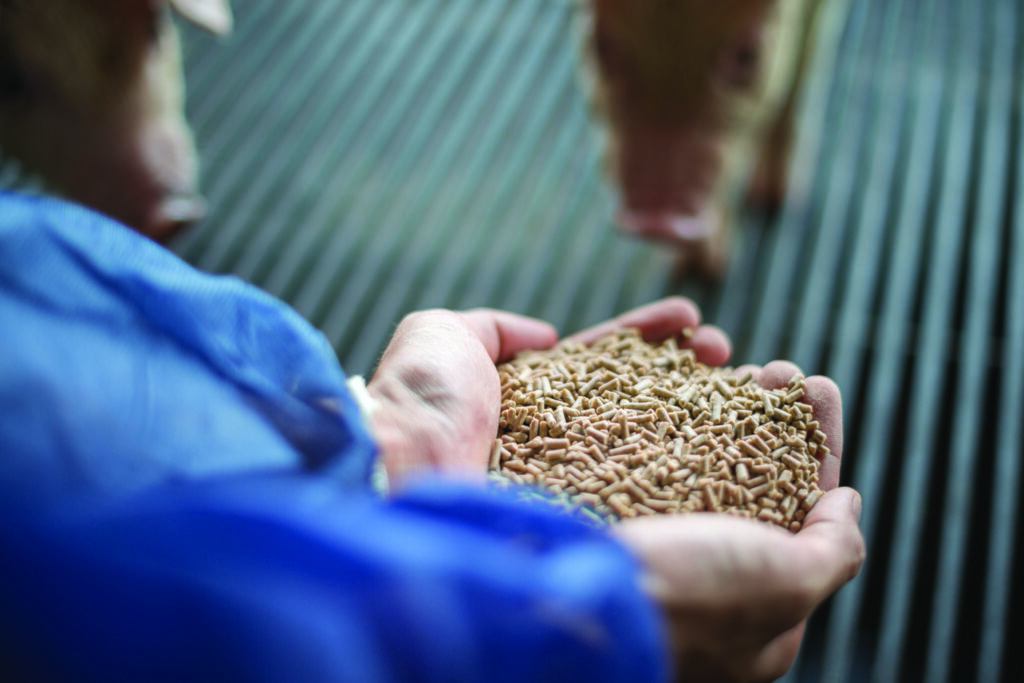A short while ago, I remember having endless discussions on farm surrounding the challenges of controlling pre- and post-weaning diarrhoea without the use of group medication.
Reminiscent of Groundhog Day (dubious pun intended), those discussions are happening all over again with the certain loss of zinc from these diets, it now seems within five years.
Some of our producers have anticipated the hit, bitten the bullet and removed zinc from their creep diets. Predictably, for the majority, the incidence of post-weaning scour has increased, requiring intervention with one of the (limited) antimicrobials we now have. For a happy few, there has been little discernible difference.
A holistic approach has to be taken to controlling disease in any stage of production. I hope that, by now, there is some appreciation among those agreeing policy that sometimes this has to involve antibiotics in order to protect the health and welfare of the pigs under our care. Management, environment and health all play a part – the difficulty sometimes is discerning which is the most appropriate path to take.
Inevitably, there is a trade-off between different factors. Common sense tells us that rearing pigs on slats will reduce the risk of disease transmission by the faecal-oral route – those on solid floors with straw have a greater ability to root and explore, but are at a greater chance of infection.
Outdoor production may look like pig paradise at this time of year, but can appear very different in the depths of a wet winter.
The use of zinc in early diets has previously reduced or eliminated our need to use other antimicrobials in the post-weaning period. The trade-off might be that increased amounts of licensed antibiotics (including Colistin) will be needed to control disease.
Is it a question of choosing the lesser evil? Or have we once again been placed in a position where the decision-makers and enforcers are focused solely on the end goal, omitting to consider the means of getting there? (Although I’m reluctant to mention Brexit, there are striking similarities with this approach.)
While the end goal regarding zinc inclusion may have already been decided upon by the politicians, it will be up to us as vets and producers to implement the means of getting there and to minimise the negative impact it will surely have on our industry.
It is important that we optimise the use of the tools needed to achieve accurate and swift diagnosis and are not cowed into avoiding using antibiotics when they are needed, ensuring that our response is as effective and robust as it can be.
Removal of zinc from early diets might not carry the myriad and complex facets of a ‘hard Brexit’, but the process could be eased by focusing on the practicalities in terms of health and welfare and by employing that rare quality of common sense.

has worked at the George Veterinary Group for 19 years. She is one of a team of seven pig vets, based in Malmesbury, Wiltshire




